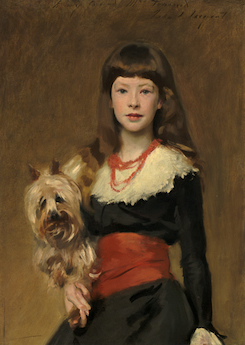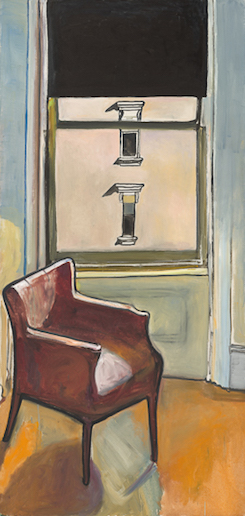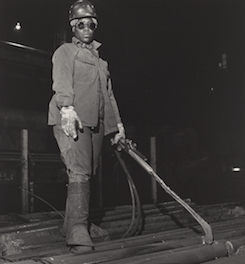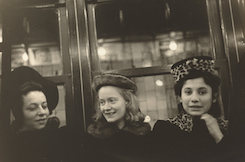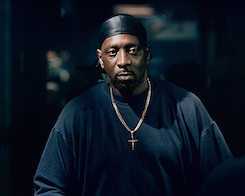What is a portrait? What truths and questions does a portrait communicate?
What might a portrait express about the person portrayed? How does it reflect the sitter’s community, setting, family, or friends? What does the portrait reveal about the artist?
The basic fascination with capturing and studying images of ourselves and of others—for what they say about us, as individuals and as a people—is what makes portraiture so compelling.
For centuries, portraits have formed an important record of America’s people. When you think of the nation’s first president, the image that comes to mind is likely one created by portraitist Gilbert Stuart,
Access to portraits in colonial America and during the republic’s early years was limited. Portraits were available to very few, largely European colonists or immigrant Americans—those who could afford this costly luxury (and a home to place it in). Gradually, as the economy grew, an entrepreneurial class of often self-trained portraitists began to serve a growing middle class who wished to preserve their likenesses for personal, rather than public, reasons, such as to record their family lineage for posterity. Joshua Johnson, among the few African American artists practicing in the area of portraiture during the early 19th century, painted many such family documents, including
From the 19th century onward, new technology, the expansion of the country, and vast social and political change spurred artists to embrace modern media, like photography, as well as novel approaches predicated on changes in the relationship between the artist and subject. This shifting dynamic is seen in two of George Catlin’s portraits of American Indians,



















